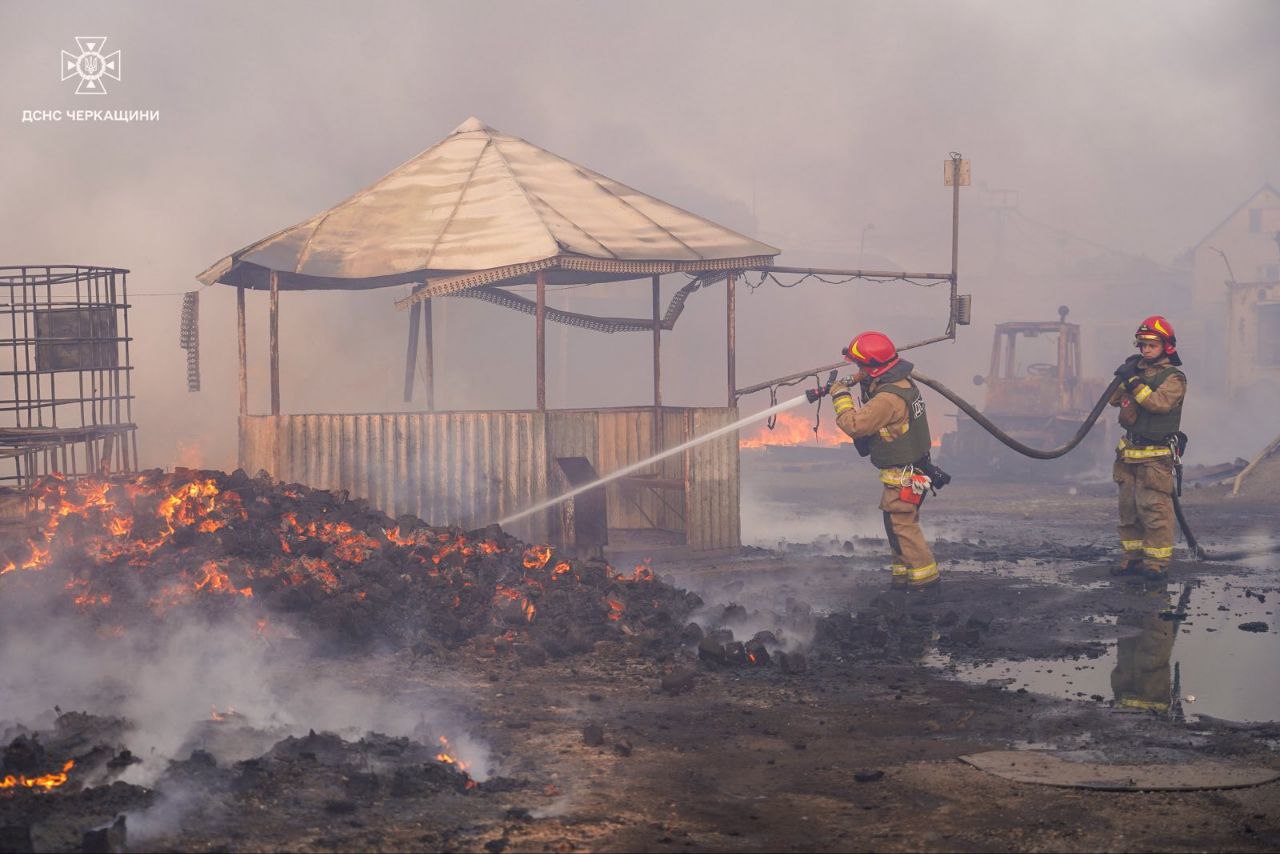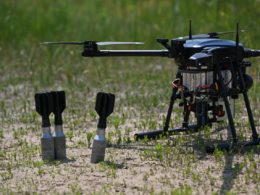Ukrainians should consider an additional safety measure during air assaults, especially amid Russia’s use of the Shahed-136 drones. Alongside taking shelter behind two walls—which can help protect against shrapnel—it is now advised to close interior doors if unable to reach a shelter, experts from Defense Express recommend.
In recent months, Russia has intensified its drone attacks on Ukraine, utilizing various types of drones, including Iranian-made Shaheds, to strike critical infrastructure and urban areas. This strategy aims to disrupt Ukraine’s power grid and instill fear among the civilian population, resulting in casualties and damage across multiple regions.
This advice from Defense Express experts is due to Russia’s extensive use of a new thermobaric warhead in Shaheds, which creates a fire cloud with temperatures of 2400-2600°C that fills an entire apartment upon detonation, reports Defense Express.
The rule of closing interior doors helps create “conditional separation of rooms,” thus reducing the spread of the thermobaric mixture throughout the living space.
The thermobaric warhead is designated TB BCh-50. Media sources note that its existence has been known since April 2024, but Russia has only recently begun deploying it against Ukrainian civilians.
According to the report, the version now used in Shahed drones is a modern, single-stage type. Earlier thermobaric munitions had a two-stage effect, first dispersing an explosive substance and then detonating it. This creates a fire cloud that “spreads,” damaging hearing and lungs and causing other injuries.
Related:
- None of Russia’s 48 Shahed drones reach target during nighttime attack on Ukraine
- Russian missile strike on Kharkiv police station kills one, injures 46 people
- WP: Russian drones targeting Kherson civilians in ongoing “human safari”
- Russian missiles and drones target Odesa and Kramatorsk in nighttime aerial assault








